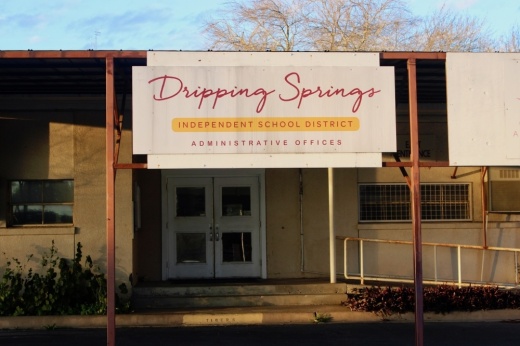Texas Education Agency data shows that, among the grades tested, only DSISD third-graders maintained or improved upon scores from 2019: 19% of third-graders did not meet math expectations, the same as in 2019, and 11% did not meet reading expectations, a four-point improvement from 2019. Fourth-graders, on the the other hand, saw the highest percentage of fail rates, with 24% receiving "did not meet" scores in math and 23% in reading—more than double the fail rate for 2019. DSISD also saw high fail rates among seventh-grade math students, of whom 21% did not meet expectations. However, DSISD's fail rates were considerably lower than the state average across grade levels. For instance, among the state's lowest performing test demographic—sixth-grade reading students—39% of test takers did not meet expectations, but only 15% of DSISD sixth-graders did not.
During a Texas State Board of Education meeting June 23, Texas Education Agency Commissioner Mike Morath spoke about the “academic damage” the pandemic has done to the state’s school system. Morath said he expects the final STAAR scores will be released soon, but he called the preliminary numbers “problematic.”
“What that means is that the name of the game for us for the conceivable future, is how do we modify our systems, across all 1,200 school systems in the state of Texas, to increase the rate at which we accelerate learning,” he said.
One reason that students may have done poorly on the STAAR this year, according to Morath, was that they were being “exposed to below grade-level material all year long,” which students could not control.
He said under new requirements passed by the Texas Legislature this year, districts have to create a written plan for how they will accelerate learning for students that did not meet grade level in third, fifth and eighth grades.
“For students who are below grade level, that's what we have to do to get them caught up to grade level,” Morath said. “The number of students who are significantly below grade level is far higher this year than we've ever seen it before because of the academic impact of COVID[-19].”
William C. Wadsack contributed to this report.





